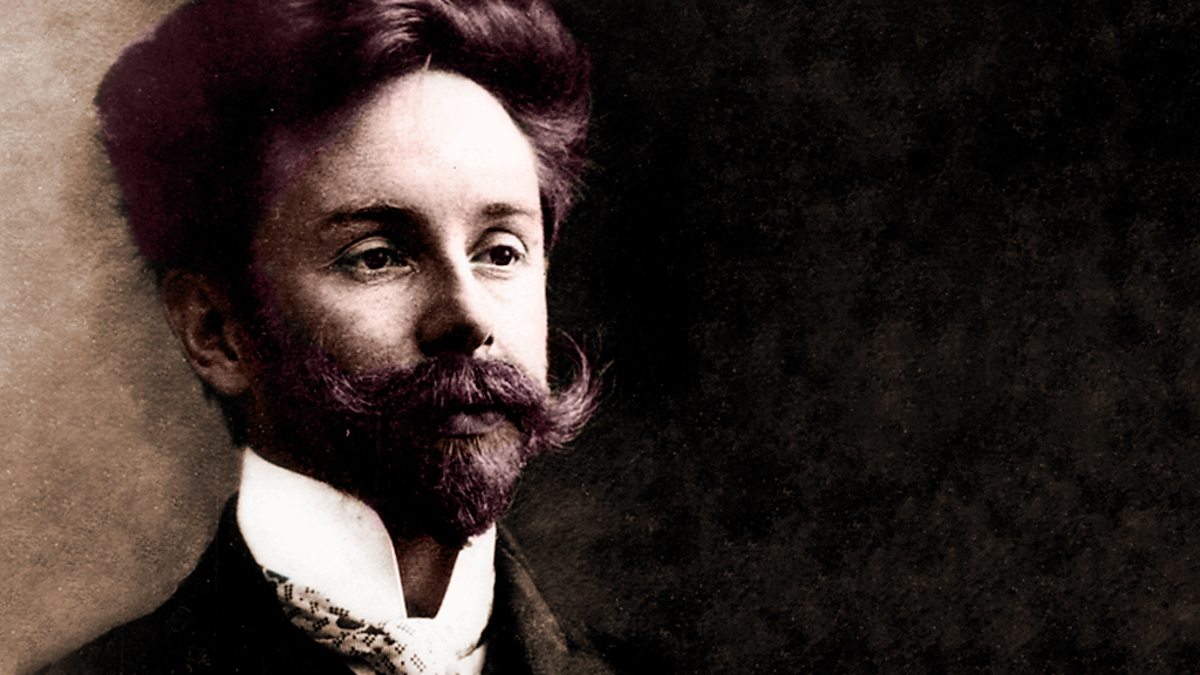Since his youthful days as a child prodigy, Russian composer Alexander Scriabin dreamed big. “I am God,” he would later write in one of his secret philosophical journals. But it was in the composer’s final work, incomplete at his death, that he allowed his egomaniacal dreams free reign. Mysterium – a proposed synthesis of art-forms that make Wagner’s Gesamtkunstwerk seem a low bar to hurdle – was designed to bring about the end of the world, no less.
The immense seven-day (or more) multi-media spectacle was intended to take place in the foothills of the Himalayan mountains, and would involve all kinds of musicians and artists. The performance would feature dancers, poetry, perfumes, colours – Scriabin was a famous synesthete – and would even include bells hanging down from the very clouds themselves.
 Alexander Scriabin (1872–1952)
Alexander Scriabin (1872–1952)
“There will not be a single spectator. All will be participants,” the composer said. “The work requires special people, special artists and a completely new culture. The cast of performers includes an orchestra, a large mixed choir, an instrument with visual effects, dancers, a procession, incense, and rhythmic textural articulation.”
The setting in India was to...










Comments
Log in to join the conversation.